Want that perfect Dutch oven bread crust but only have a stainless steel pot? Don’t worry, you might still get great results if you know the key differences.
Yes, a stainless steel pot can bake like a Dutch oven, especially if it’s oven-safe with a tight lid. It heats differently, so results might vary slightly, but it’s a viable substitute for many baking tasks like bread or braises.
It sounds simple, but there’s more to it than just swapping pots. Let’s look closer at how using stainless steel in the oven compares and what makes these pots different. My childhood memories are filled with heavy cast iron pots simmering for hours, giving deep flavors. Today, my stainless steel pots are lighter and faster, fitting our busy lives, though maybe missing some nostalgia.
Can I use a stainless steel pot as a Dutch oven in the oven?
Need to pop your pot in the oven like a Dutch oven? Wondering if your stainless steel can handle the heat without warping or ruining your meal? Check the manufacturer’s specs first!
Yes, you often can, if your stainless steel pot is fully metal (no plastic handles!) and rated oven-safe to the required temperature. A tight-fitting metal lid is crucial for trapping steam, mimicking the Dutch oven effect.
Using your stainless steel pot in the oven requires a bit of checking. Not all stainless steel cookware is created equal when it comes to high oven temperatures.
Checking Oven Safety
First, look at the pot itself. Are the handles made entirely of metal, or do they have plastic or rubber grips? Any non-metal parts might melt or get damaged in the oven. Second, check the manufacturer’s information. Most reputable brands will state the maximum oven-safe temperature. I always double-check my pot’s rating before putting it in a hot oven. It’s better to be safe than sorry!
Why the Lid Matters
A Dutch oven works so well for baking bread or braising because its heavy, tight-fitting lid traps steam. This moisture keeps the food tender inside while allowing the outside to brown or crisp. Your stainless steel pot needs a similarly tight-fitting, oven-safe metal lid to achieve this effect. A loose lid or one with plastic knobs won’t work as well.
Heat Differences in the Oven
Stainless steel generally heats up faster than cast iron, but it doesn’t hold heat quite as steadily on its own [^1]. This can sometimes lead to less even browning or require slight adjustments to baking times. However, many modern stainless steel pots, especially tri-ply versions with an aluminum or copper core [^5], offer much better heat distribution [^3], behaving more predictably in the oven [^6].
What is the difference between a stainless steel pot and a Dutch oven?
Both pots sit on your stove, maybe look alike, but are they interchangeable? Confused why recipes demand a Dutch oven? Knowing the key material and design differences helps clear things up.
The main difference is material. Dutch ovens are typically heavy cast iron (often enameled), great at holding heat steadily [^2]. Stainless steel pots are lighter, heat faster, but may not retain heat as well unless they have a core (like tri-ply) [^1].

While both can be used for similar tasks like stewing or braising, their core characteristics create different cooking experiences. This reminds me of switching from those old, heavy cast iron pots my family used to the lighter stainless steel I prefer now – convenience often wins!
Material Matters: Heat and Weight
Traditional Dutch ovens are made from cast iron. This material is dense and heavy, taking longer to heat up but retaining that heat exceptionally well [^4]. This is perfect for slow cooking and achieving deep sears. Stainless steel is much lighter and heats up quicker, but basic stainless steel doesn’t distribute or retain heat as evenly [^1], which can lead to hotspots unless it features a multi-layer construction (like tri-ply with an aluminum or copper core) [^6].
Maintenance and Durability
Stainless steel is generally easier to maintain. It’s resistant to rust and doesn’t usually react with acidic foods [^4]. Cast iron, especially non-enameled versions, requires seasoning to build up a non-stick surface and prevent rust [^2]. Enameled cast iron is easier to clean but can chip. Both materials are very durable if cared for properly.
Quick Comparison Table
| Feature | Stainless Steel Pot | Cast Iron Dutch Oven |
|---|---|---|
| Material | Stainless Steel (often w/ core) | Cast Iron (often enameled) |
| Heat Speed | Faster | Slower |
| Heat Retention | Moderate (better with core) [^1] | Excellent [^2] |
| Weight | Lighter | Heavier |
| Maintenance | Easy, rust-resistant | Requires seasoning (if bare) |
| Reactivity | Non-reactive [^4] | Can react (if bare) |
Can I use a metal pan instead of a Dutch oven?
Need a Dutch oven substitute and looking at your collection of metal pans? Wondering if that deep saucepan or stockpot can pinch-hit? It depends on the pan’s features.
Yes, an oven-safe metal pan can substitute for a Dutch oven if it’s deep enough (like a stockpot or large saucepan) and has a tight-fitting, oven-safe lid. Material matters too.
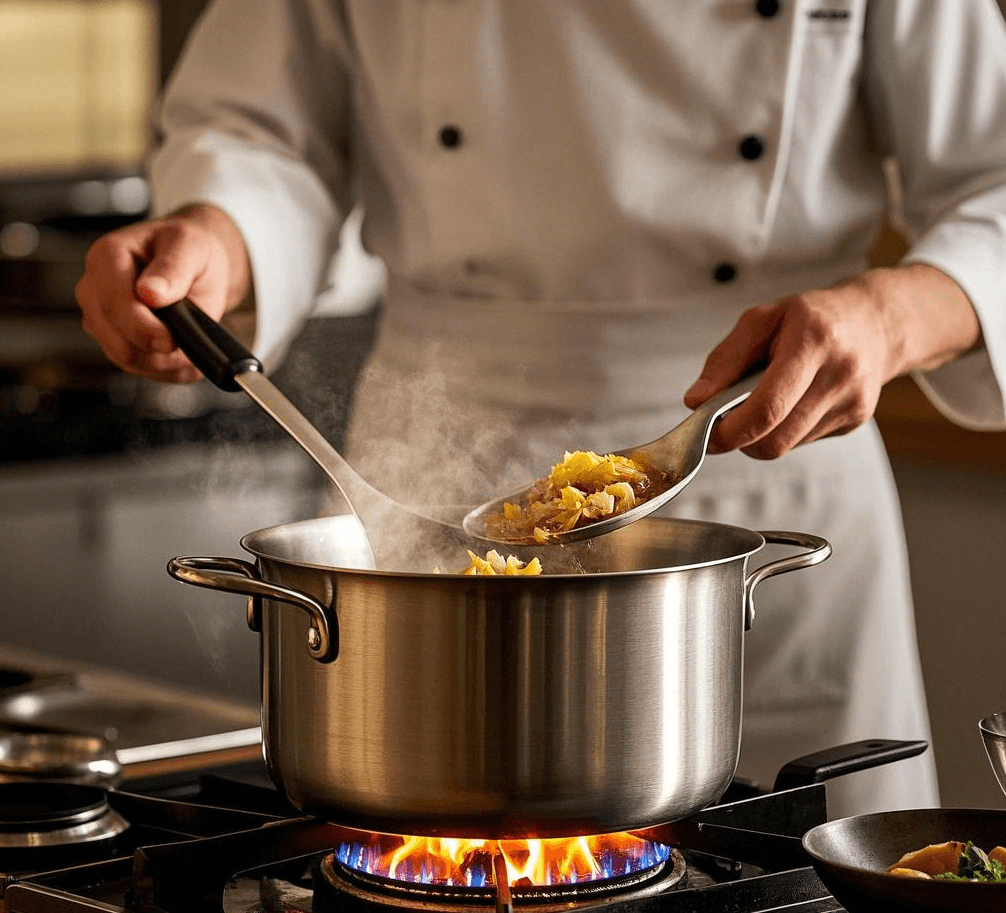
When a recipe calls for a Dutch oven, it’s usually leveraging its specific properties: heavy construction for even heat, deep sides, and a tight lid. Finding a metal pan substitute means matching these features as closely as possible.
Choosing the Right Shape and Size
The substitute needs to be deep enough to hold your ingredients (like a stew or a loaf of bread) and allow for some space at the top. A standard frying pan is too shallow. Look for a stockpot or a large, deep saucepan. The volume should be similar to the Dutch oven specified in the recipe.
Material Considerations for Substitutes
Different metal pans heat differently. A thick-bottomed stainless steel stockpot, especially one with a tri-ply base [^6], is often a good choice because it heats relatively evenly and holds heat moderately well [^1]. An aluminum pot will heat very quickly but might also develop hotspots or scorch more easily [^4]. Ensure whatever metal pan you choose is oven-safe to the required temperature.
The Importance of the Lid (Again!)
Just like using a stainless steel pot, the lid is critical when substituting any metal pan for a Dutch oven. It must be oven-safe (no plastic!) and fit snugly to trap steam and heat. If your pot’s lid doesn’t fit well, you can try using a layer of aluminum foil crimped tightly over the top before putting the lid on, but it’s not always a perfect seal.
What pot can I use instead of a Dutch oven?
That amazing recipe calls for a Dutch oven, but you don’t have one? Don’t want to buy one just yet? You probably already have a good substitute in your kitchen.
Good substitutes include an oven-safe stockpot with a tight lid, a deep oven-safe saucepan, or a ceramic/glass casserole dish with a lid. The key is oven safety, depth, and a tight lid.
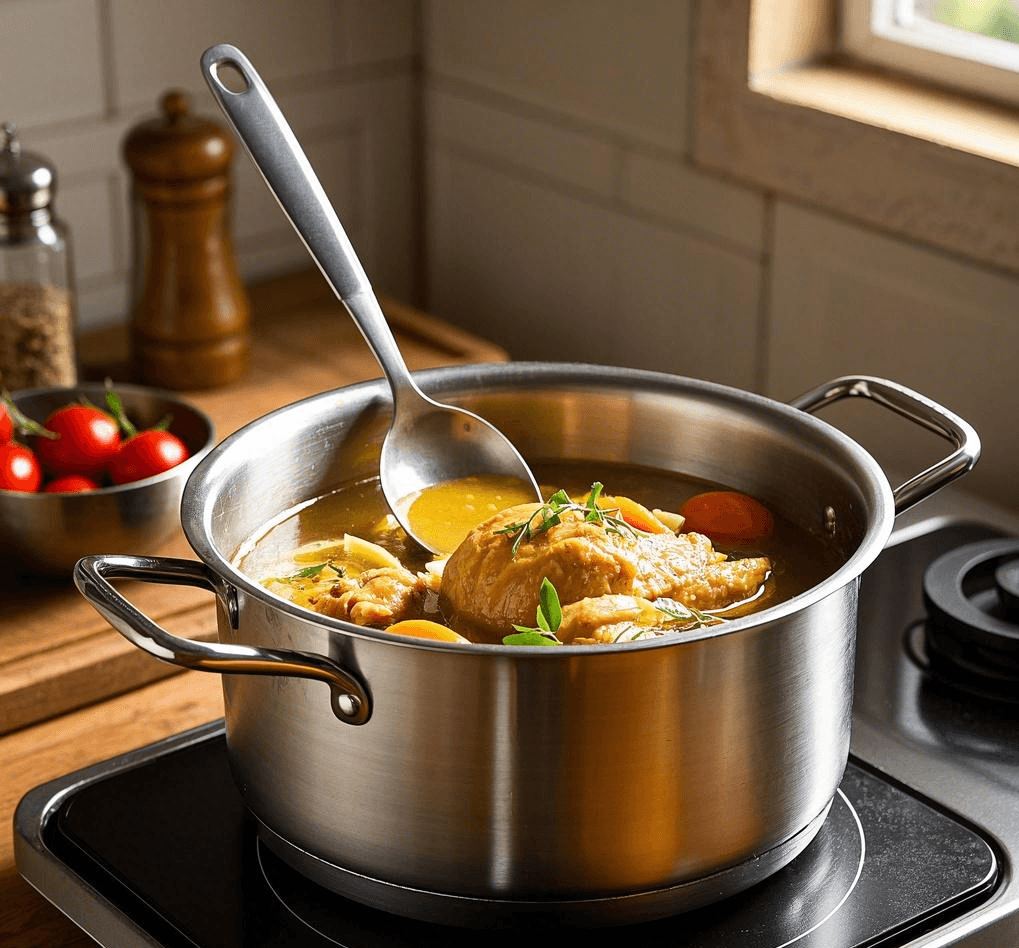
Finding the right substitute depends on what you have available and what you’re cooking. I’ve successfully used my trusty stainless steel stockpot for braises many times when a Dutch oven wasn’t handy.
The Trusty Stockpot
A heavy-bottomed, oven-safe stockpot is often the closest alternative. They are deep and usually come with tight-fitting metal lids. Stainless steel stockpots, particularly those with an aluminum core for better heat distribution [^1][^5], work well. Their taller sides might affect browning slightly compared to a wider Dutch oven, but they excel at soups, stews, and braises.
Deep Saucepans and Casserole Dishes
A large, deep saucepan can work if it’s fully oven-safe (check those handles!) and has a good lid. Casserole dishes made from ceramic, stoneware, or oven-safe glass (like Pyrex) can also substitute, especially for baking or braising. However, most cannot be used on the stovetop for initial searing, and their lids might not seal as tightly as a heavy Dutch oven lid.
Key Features to Look For
Regardless of the pot type, the essential requirements remain the same:
- Oven Safety: The pot and lid must withstand the recipe’s temperature.
- Depth: It needs to be deep enough for the recipe contents.
- Tight-Fitting Lid: Crucial for trapping moisture and heat, especially for bread baking and braising.
If your lid isn’t perfect, foil can sometimes help improve the seal.Conclusion
So, yes, your stainless steel pot can often stand in for a Dutch oven. Just ensure it’s oven-safe with a good lid, or consider other deep, lidded pots.



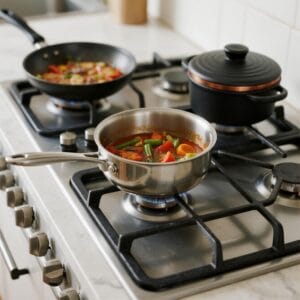
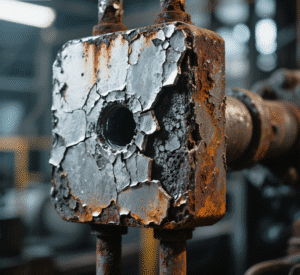
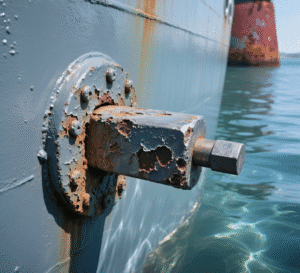
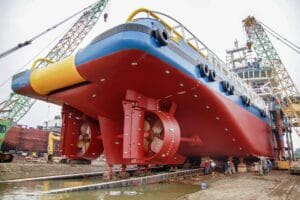
2 Responses